Lilian Smith, presenter of Rising Time on RTÉ Radio 1, is among those with formative memories of attending James Bond films as a child.
“My sister was supposed to take us to see something else — maybe a Herbie movie — but brought us to The Spy who Loved Me instead,” she tells me. “It started later and she wanted to meet a boy. I was very young. Mother was unimpressed. I have loved Bond ever since and even gave my boy a sneaky day off to go to Spectre.”
A few thousand miles away and a few years earlier, Anne Thompson, now one of the US's most distinguished film journalists, made her own connection with the imperial thug. "I grew up in New York City with a single dad who used movie theatres as a babysitter," she says. "Every new Bond film was an event, from Dr No onward. I will always associate 007 with my father, who was born the same year as Connery."
No other movie series has for so long made a special event of the cinemagoing experience. Talking to friends and colleagues over the last week, I have heard endless stories of long-ago trips to see that year's James Bond
Some months into the pandemic, it became clear there was unlikely to be any single definitive reopening for the cinema business. Tentative steps would be taken. Some of that progress would be walked back. All going well, we would gradually tiptoe our way to a much debated “new normal”.
If, however, any premiere were to satisfactorily announce the end of the weirdness it would surely be that of No Time to Die. After all, it was the Bond distributors who first sniffed danger and elected to shift their precious property away from a soon-to-be-cancelled season. As long ago as March 4th, 2020, MGM and Eon Productions announced that, following “thorough evaluation of the global theatrical marketplace,” the 25th Bond film would be moved from April to November of that year. The general consensus was that this was absurdly overcautious. Surely, we would be back to normal by midsummer. Close to a year after that rearranged date, No Time To Die finally enters a still-jittery market.
It is not just No Time to Die’s status as canary in a coalmine that makes it the ideal film to celebrate a further pulling up of shutters. No other movie series has for so long made a special event of the cinemagoing experience. Talking to friends and colleagues over the last week, I have heard endless stories of long-ago trips to see that year’s James Bond — the Scottish one, the Australian one, the Welsh one, the Irish one, even the two English ones — with much-loved relatives who are now in another place. The experience began a decade-and-a-half before Star Wars and has, with the odd hiatus, continued ever since. They have punctuated our lives. They index our memories.
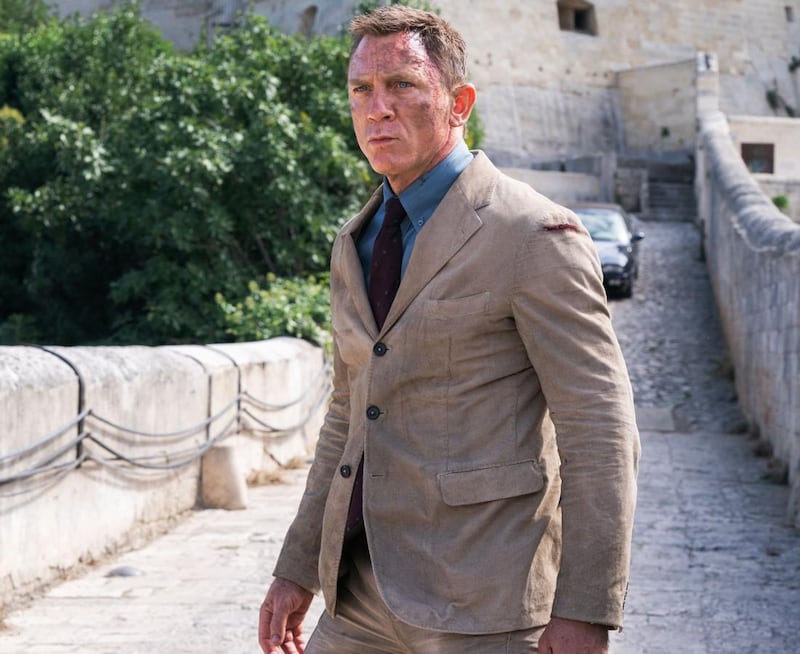
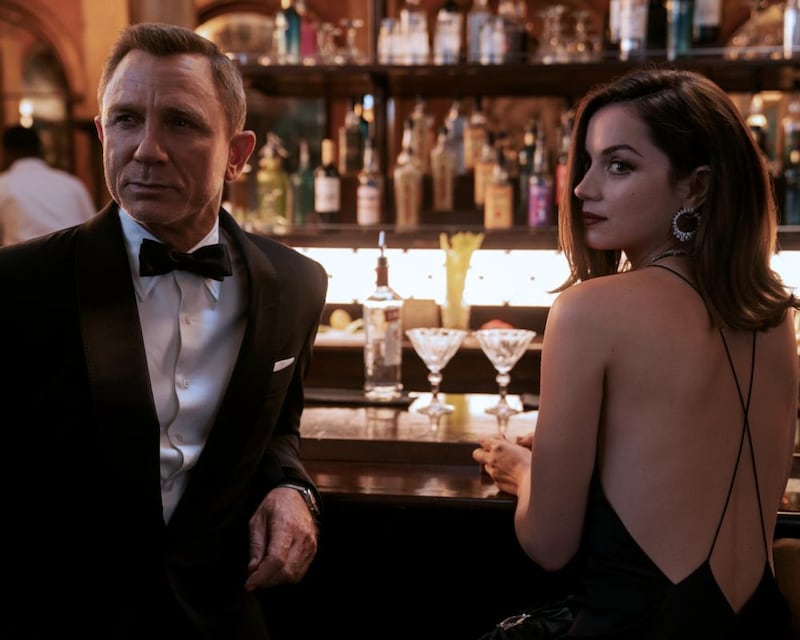
Xan Brooks, novelist and film journalist, remembers a "family trip taking my Nan to see The Spy Who Loved Me, solely as a pretext for getting her out of the house ahead of a surprise party for her (and my granddad's) ruby wedding anniversary." After Nobody Does it Better had played itself out, Brooks and the clan "returned her home to a front garden filled with red balloons".
Barbara Broccoli and Michael G Wilson, daughter and stepson of Cubby Broccoli, the series' original producer, understand that legacy and, as current custodians of Eon Productions, have helped ensure the film arrived first in cinemas. Over the pandemic, Pixar animations and Marvel movies have debuted simultaneously on streaming services, but, despite a few wild rumours concerning Apple TV, No Time to Die always looked likely to make its initial appearance on only the biggest screen.
When, two-and-a-half years ago, Rami Malek was cast as the villain he seemed, following a recent Oscar win for Bohemian Rhapsody, the hottest actor on the planet. The selection of Billie Eilish for song duties marked the first time a genuinely fresh-off-the-griddle pop phenomenon got the call from Bond Towers. Since then Eilish has recorded and released a fine second album. Her No Time to Die theme tune is already a golden oldie. (My efforts at lobbying Ms Broccoli to commission a remix with an accompanying Shirley Bassey to play over the end credits have come to nought.) Still the Bond crew waited.
Timothy Dalton saw out the end of the Cold War. Pierce Brosnan brought Bond into the internet age. Daniel Craig walked us up to Covid
One suspects that, even if Covid had lasted as long as the Dark Ages, Eon and MGM would have held out for a Renaissance some centuries in the future. Quite right too. Nobody puts Baby in a corner. We don’t need no stinking badges. James Bond does not go straight to video. Three generations of cinemagoers have celebrated graduations, engagements and family reunions with trips to see the latest Bond film. Hallmark should print cards to celebrate each film’s release.
So how was this affection secured? The unhelpful answer is longevity. Decades before the word "franchise" was used in connection with movies, the James Bond sequence began as the Profumo Affair was building in the UK. George Lazenby took over from Sean Connery in the year of the moon landing. The Scottish actor came back and then went away again as Roger Moore shepherded Britain past the Three Day Week and on towards the arrival of Mrs Thatcher. Timothy Dalton saw out the end of the Cold War. Pierce Brosnan brought Bond into the internet age. Daniel Craig walked us up to Covid. You left school. You got married. You had a baby. There was usually a Bond film to mark the period.
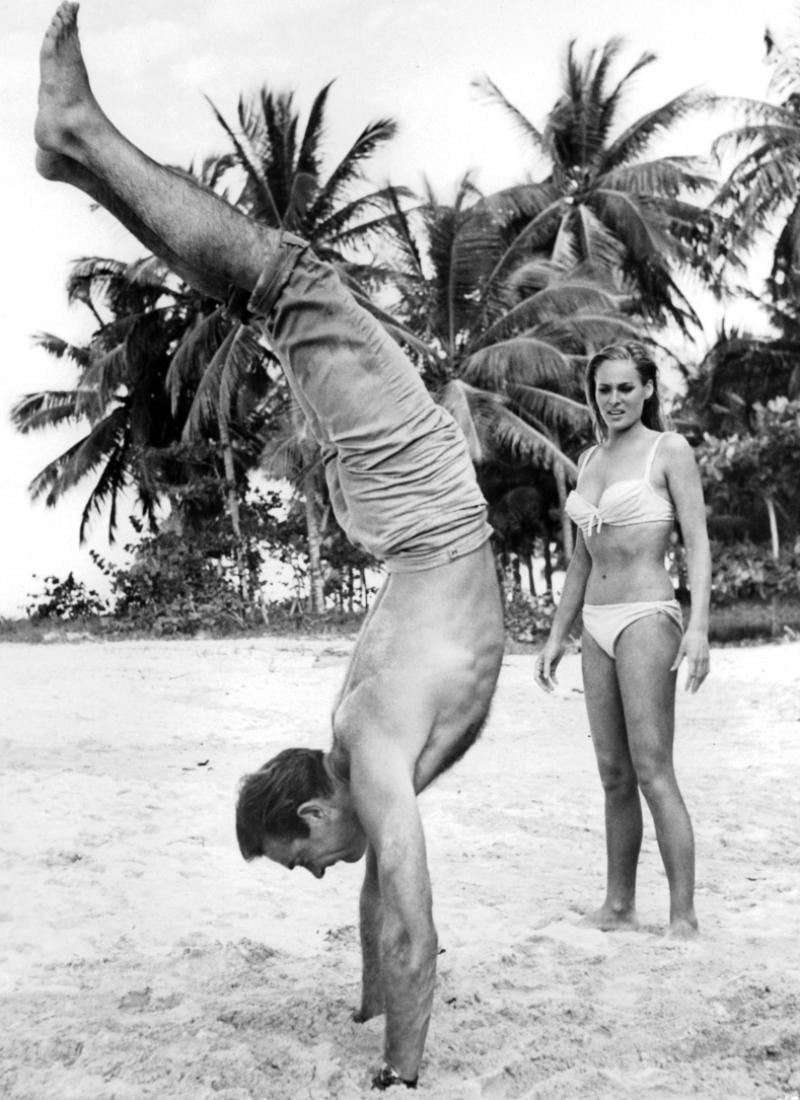
Alan Glynn, bestselling author of top-grade thrillers such as The Dark Fields, began his 007 journey with Connery's return to the official series. "I skipped school, on my own, aged 11, to see Diamonds are Forever on its first day," he tells me. "I queued outside the Savoy — scared I wouldn't get in because it was 'Over 16s'. Obviously, it's a terrible film, but I loved it at the time." That was the first Bond film I saw on release. My mother and I caught it in Ballycastle, County Antrim a few months after its premiere in late 1971. I later got the Corgi toy of the Ford Mustang that famously passed through an alleyway on two wheels.
The specialness of the theatrical experience was, for the first decade and a bit, greatly heightened by the studio’s decision to keep Bond off television. As was the case with Walt Disney’s feature cartoons, you could, in the days before VHS, only see a James Bond film in the cinema. That made them seem larger, classier, less ephemeral. We never really questioned this. For many children of that generation there were films and there were Bond films. The regal latter category need not play by the same rules as the cinematic proletariat.
The greater challenge for the Bond team is maintaining the theatrical release as the grand event it has been since Dr No premiered on Piccadilly Circus in 1962
None of this answers why the Bond movies have remained in such relative good health for such a long time. There have been occasional lulls in popularity, but never anything so catastrophic as to risk cancellation. The box office figures have, essentially, been travelling along a huge sine wave. When adjusted for inflation, the title of highest grosser is close to a dead heat between Skyfall from 2012 and Thunderball from 1965. The lowest point financially was the rather-too-earnest Dalton period of the late 1980s. Yet six years after Licence to Kill took a comparatively slim $156 million in 1989 — various business shenanigans contributed to the longest delay yet between episodes — Goldeneye, spruced up with Navan’s Pierce Brosnan, trousered a mighty $352 million.
Do not fall into the trap of thinking that Bond has survived by changing with the times. There have, it is true, been various, sometimes wearying efforts to ride current fads. This was a particular problem in the 1970s. Live and Let Die tricked with the era’s Blaxploitation craze. The Man With the Golden Gun found space for Kung Fu. Moonraker made a largely feeble effort to profit from the success of Star Wars. More satisfactorily, the Casino Royale reboot in 2006 learnt useful lessons from the rougher, more scratchy Jason Bourne films.
The stabilising force has, however, remained that reactionary figure at the centre of the drama. We have published the key quote in these pages before. We shall do so again. “My dear girl, there are some things that just aren’t done,” Bond says in Goldfinger. “Such as drinking Dom Perignon ’53 above the temperature of 38 degrees Fahrenheit. That’s as bad as listening to the Beatles without earmuffs.”
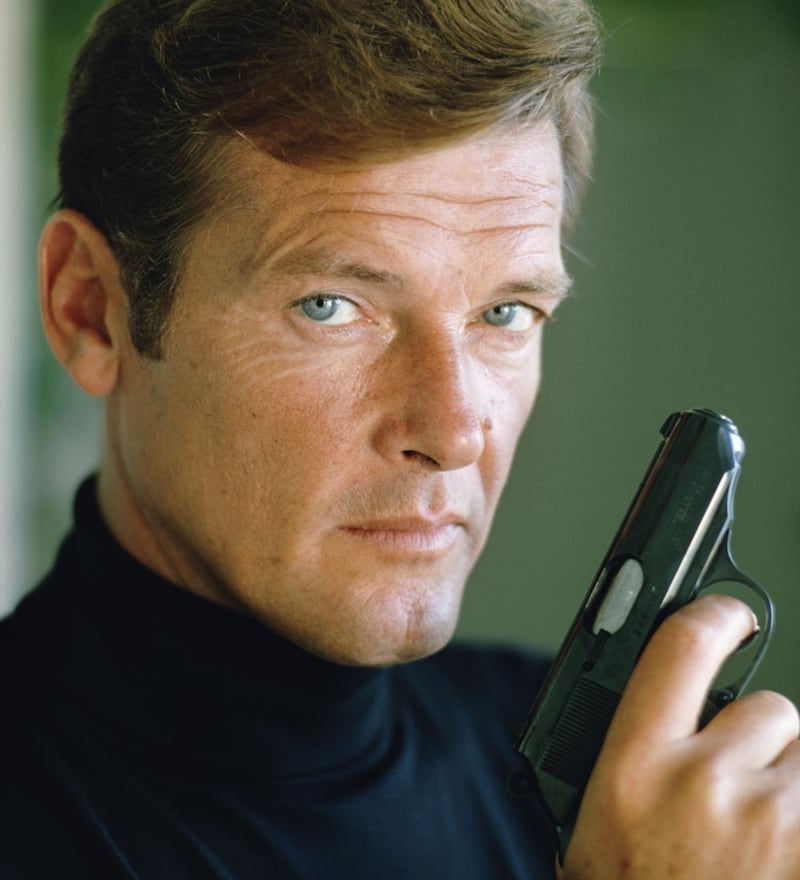
Created on the page by Ian Fleming as early as 1953, Bond has forever been uneasy with whatever version of the "modern world" he currently inhabits. Thirty years after Connery spoke those words, Judi Dench's M described Brosnan's incarnation as "a sexist, misogynist dinosaur — a relic of the Cold War whose boorish charm [is] wasted on me". You cannot go out of fashion if you have never been in fashion. The unstoppable parodies of Bond, from In Like Flint in the 1960s to Austin Powers in the 1990s, struggled to get past our nagging awareness that the original had forever been lampooning itself.
Nobody needs to explain these lessons to the Broccoli family. The tone shifted over the years, but Bond remained one version — camp for Moore, wearied for Craig — of a reactionary, unimpressed functionary with little connection to contemporary popular culture. The later films wisely pull back from the disturbingly blasé attitude to violence against women that was highlighted in a viral video of Bond clips three years ago.
But 007 ceases to be 007 if he learns too many lessons. As Craig apparently steps away from the role, the unceasing chatter about the “next Bond” will reach cacophonous levels. “He can be of any colour, but he is male,” Barbara Broccoli said last year. “I believe we should be creating new characters for women — strong female characters.” One might reasonably conclude from her words that the next James Bond probably will be a person of colour. He will also almost certainly be just as much of a dinner-jacketed fuddy-duddy as ever. Anything else would break the chain.
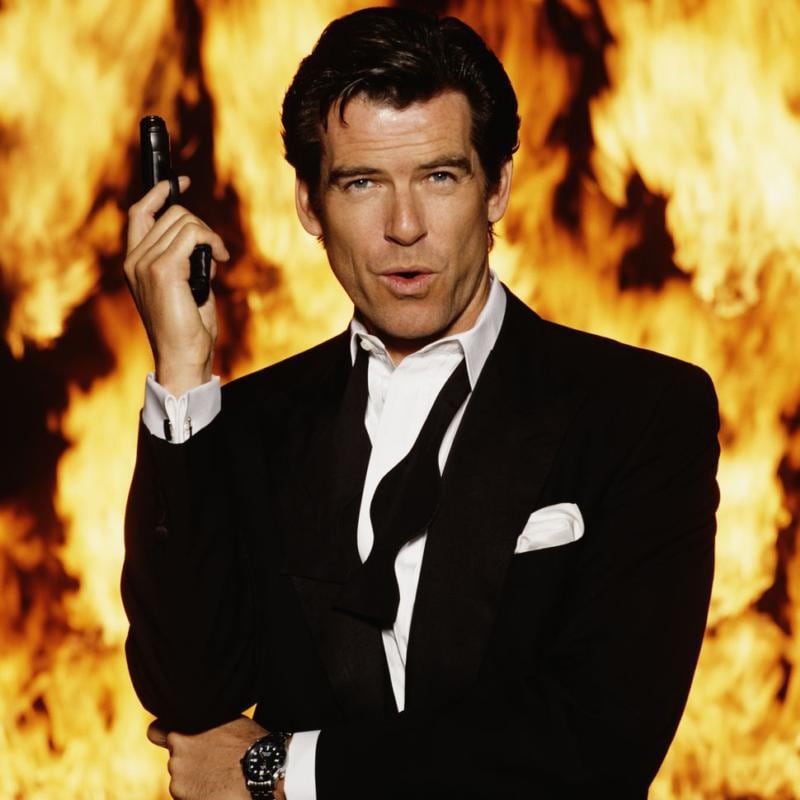
The greater challenge for the Bond team is maintaining the theatrical release as the grand event it has been since Dr No premiered on Piccadilly Circus in 1962. The changes in distribution following the Covid crisis cannot be easily waved away. The distributors have waited and waited, but it will require a remarkable revival for No Time To Die to come anywhere close to the $881 million taken by Spectre in 2015 (not to mention Skyfall’s $1.1 billion). But large parts of the public are still behind them. You don’t celebrate your graduation by watching a Bond film on your phone. Memories of sitting on the couch with grandad do not compare with memories of queuing up together for the biggest screen at the Savoy. There is some small chance the collective Bond consciousness will come to the rescue for the entire medium.
Just listen to my old friend, the knitwear designer Caroline Mitchell. "On a very rain-sodden fortnight family-caravan holiday in Dingle, many moons ago, the only movie in the local cinema was You Only Live Twice," she says. "I saw it about eight times. Still my favourite."
You don’t get that from an iPad.
No Time To Die is released on September 30th



















